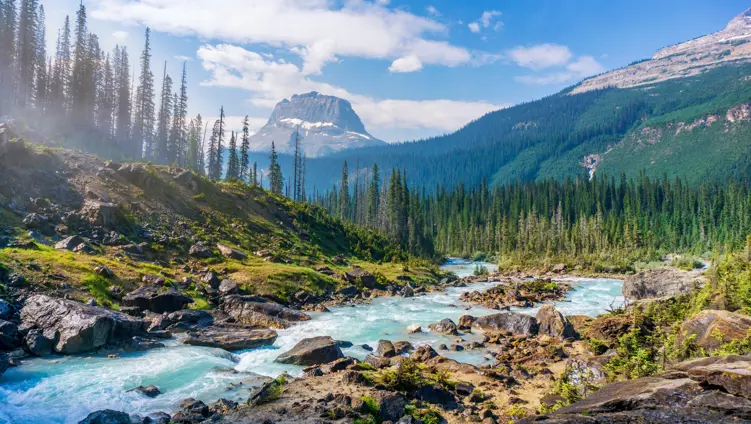With tensions running high over the US-Mexico border, Sam Firman hears from Claire Wernstedt-Lynch and Tenny Ostrem about their experiences hiking 2,000 miles through a geopolitical hotspot

With tensions running high over the US-Mexico border, Sam Firman hears from Claire Wernstedt-Lynch and Tenny Ostrem about their experiences hiking 2,000 miles through a geopolitical hotspot


